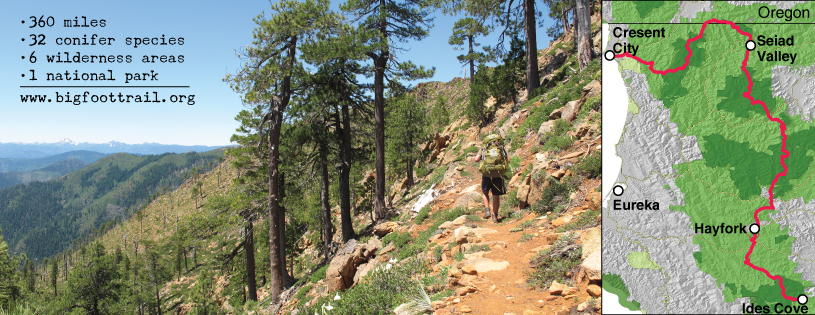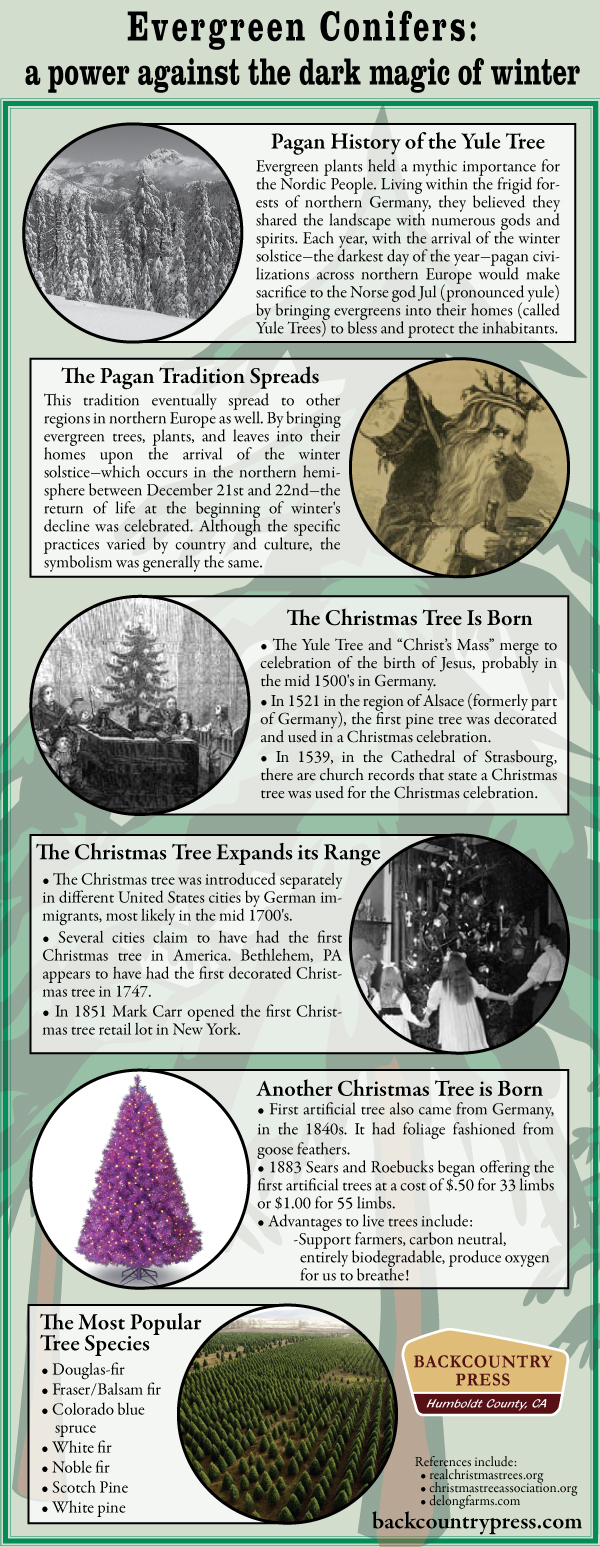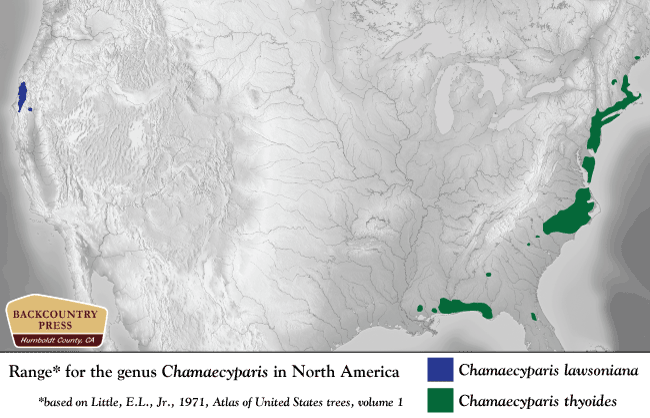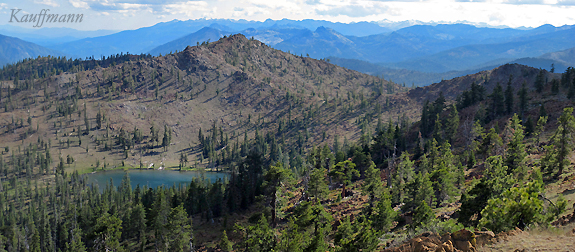My high school biology teacher inspired my love for natural history. After hiking the Continental Divide Trail, I fell in love with long-distance hiking. The The Bigfoot Trail combines the two.
Eminent botanist John O. Sawyer and I once discussed the lack of connectivity between the wilderness areas in the Klamath Mountains. This led us to pour over maps, talk rare plants, and plan a path that would connect these wild places. In 2009, I first walked this route and over the past few years have re-hiked various pieces to “finalize” the trek I call the Bigfoot Trail. This project combines long-distance hiking and natural history by defining a thru-hike in one of the most species-rich temperate coniferous forest on Earth.

I recently launched a Kickstarter Campaign to fund the establishment of the Bigfoot Trail Alliance (BFTA) as a 501(c)(3) non-profit organization. The BFTA will create a community committed to constructing, promoting, and protecting—in perpetuity—the Bigfoot Trail. I am asking you, noble reader, to become a founding member of this organization.
CLICK HERE FOR RADIO INTERVIEW ABOUT THE CAMPAIGN
In my time living in northwest California, I have fallen deeply in love with the uniqueness of the Klamath Mountains. So much so that I wrote a natural history and hiking guide called Conifer Country which documents and celebrates the region. While writing that book, I hiked thousands of miles in search of wild trees.
The trail begins on the subalpine slopes of the Yolla Bolly-Middle Eel Wilderness, traverses the Klamath’s most spectacular peaks, crosses all its wild rivers, and ends at the edge of the continent in the temperate rainforest. It highlights all that Conifer Country has to offer.

I believe that by establishing this route—and ultimately the BFTA—a deeper understanding and awareness will be fostered for this region. This trail, and organization, is about the other biota who live in the Klamath Mountains—ultimately to function as stewards for their protection.
Please follow this link to join the campaign to establish the Bigfoot Trail.



